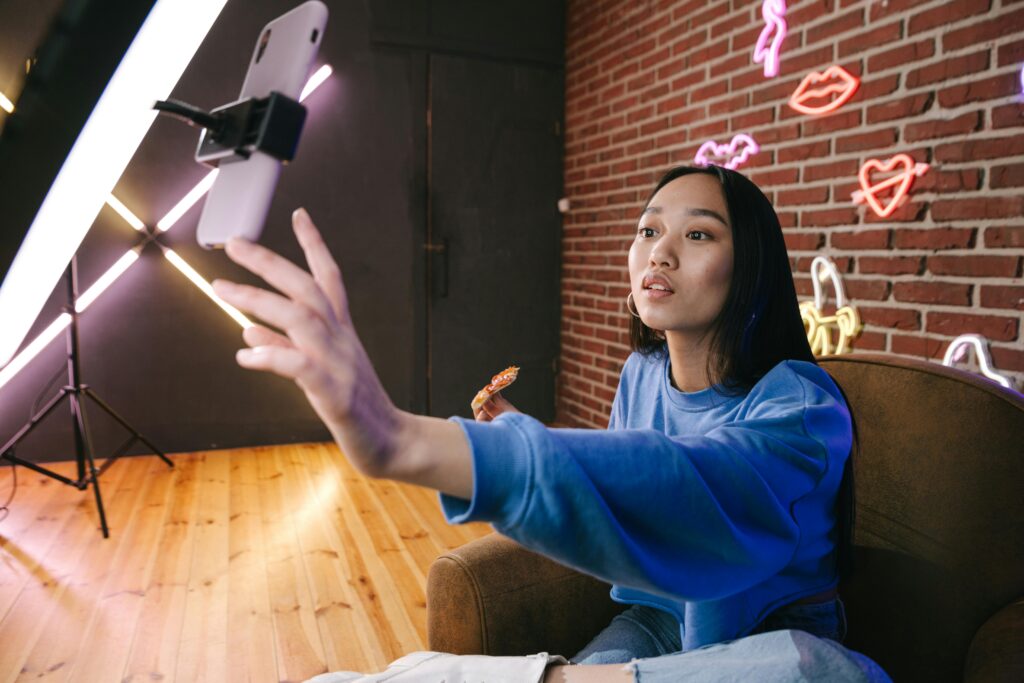
4. Mega & Celebrity Influencers (500K+ followers)
Big names with mass appeal—celebrities, pro athletes, TV personalities.
- When to use them: Brand awareness, product launches, prestige campaigns.
- Example: A sportswear company features an NBA player posting workout clips wearing their gear—immediate global buzz, but with a seven-figure price tag.
Macro campaigns create visibility fast, but often require large budgets and risk lower engagement rates.
5. Niche & Industry Influencers
These creators focus on vertical segments—like parenting, gaming, pet care, or finance.
- When to use them: If you’re launching a gourmet pet food or a budgeting app.
- Example: A fintech startup teams with a personal finance influencer to create educational reels—resulting in high-quality sign-ups and trust equity.
Niche influencers tie expertise to community trust.
6. Virtual & AI Influencers
Fully digital personas (like Lil Miquela) interacting as if they’re real.
- When to use them: Fashion, tech, futuristic brand narratives.
- Example: A virtual influencer debuts a new sneaker model with 3D mixed reality—generating curiosity and press without a physical presence.
Surprisingly authentic—but check brand fit before going digital-first.
Choosing the Right Type
Use these criteria to decide:
| Type | Reach | Engagement | Cost (Relative) | Best For |
|---|---|---|---|---|
| Nano | Low (1K–10K) | Very High | $. | Local, niche, intimate campaigns |
| Micro | Moderate (10K–50K) | High | $$ | Targeted awareness, trust-building |
| Macro/Mid-tier | Large (50K–500K) | Moderate | $$$ | Broad reach with personality |
| Mega/Celebrity | Massive (500K+) | Low–Mod | $$$$ | Grand launches, mass visibility |
| Niche | Varies | Often High | $–$$$ | Industry-fit, expert-led narratives |
| Virtual | Varies | Novelty | $$$ | Tech-forward, immersive stories |
Continue reading…
Coming up: how to structure campaigns, measure ROI, and watch out for common pitfalls.


